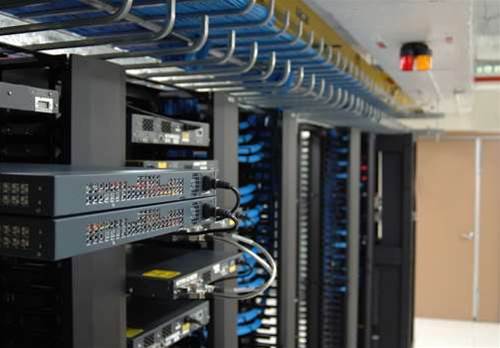Tip Number 1: Squeeze the vendors

It should be obvious that every hardware vendor has some room to manoeuvre on price.
Government CIOs are the masters of this negotiation process, bound as they are to go to tender whenever a deal is likely to exceed $10,000. So learn from the best. Issue the same memorandum to the most senior guy you know at as many vendors as possible (especially price-competitive tier two players) and let them sweat to come up with the best deal.
Then take the best price to the vendor that you actually want to buy from and ask them to match it. Hint that there will be future business in it for them if they do. Or that you will give them free publicity in a case study after the installation's complete.
In addition, consolidate your purchasing to one vendor, if you can, and demand a bulk discount.
EMC Australia's marketing chief technical officer Clive Gold says customers get the best deal on commitments of three to five years or longer. The vendor also does "swap-outs" or "buy-outs" where it will replace a rival's hardware to become the dominant supplier to that customer. The vendor also "takes a bit of a risk" on some deals, where it will send customers an amount of storage each month, with the customer only billing EMC for what they actually use.
Also remember that vendor salespeople have to make quotas. So if you can, wait until just before the end of their financial year, or when the vendor is slated to announce a product line upgrade (typically at their annual global conference). You might even get a special on a still-pristine piece of kit from a showroom floor or testing facility.
When a vendor goes out of business, says Gartner research vice president Phil Sargeant, typically another vendor picks up their operations for a song.
For example, Nortel is currently being hived off into several chunks -- its enterprise unit going to Avaya, its CDMA mobile business heading to Ericsson and so on.
"In most cases it's sort of business as usual," he says, in terms of getting ongoing vendor support.
However, Sargeant agrees it's likely such a major event is enough to scare some CIOs with high availability requirements and a long-term view into getting rid of the doomed vendor's equipment anyway -- at a nice discount.
Seargeant remembers fondly a situation which affected Sun Microsystems around the time of the dot-com crash. The vendor's share price peaked on September 1, 2000, at US$257.25, before sinking to US$56.56 over the next seven months, including some steep daily falls.
"A lot of their equipment, unopened, brand new, found its way onto the secondhand market," says Sargeant. "The same thing would apply today. If there was equipment that a CIO wanted to get rid of, and it was still viable, another company would pick it up, but the vendors of that equipment would still be anxious to support it."
Here's your chance to put those networking contacts you made to use. If you know a prima donna CIO whose operation is overweight in the doomed vendor's kit, give them a buzz and put your cards on the table -- cutting out the reseller percentage. Who knows, if you have something your mate wants, you might even be able to do a swap and keep your CFO out of the deal entirely.
Read on for more...




_(20).jpg&h=140&w=231&c=1&s=0)





_(26).jpg&w=100&c=1&s=0)

 iTnews Executive Retreat - Security Leaders Edition
iTnews Executive Retreat - Security Leaders Edition












_(1).jpg&h=140&w=231&c=1&s=0)



